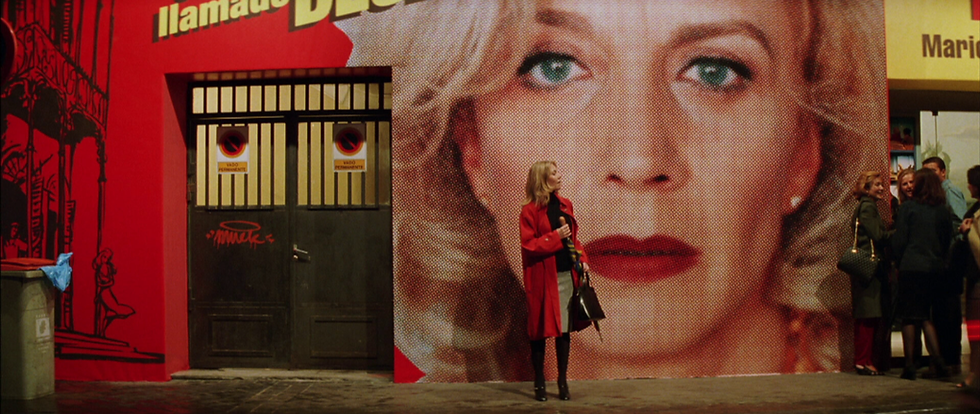The Role of Renfield in 'Dracula' | Sophia Verai
- therose379
- May 18, 2024
- 3 min read
Dracula as a novel betrays a complex relationship with the Victorian conception of insanity and mental illness. It follows, then, that Renfield's status and function as a character is too socially charged to fit the reductive label of gullible madman. A distinctly tragic note echoes through his characterisation, be it the tragically misunderstood or the tragically ambitious. In any case, Renfield merits a more nuanced assessment than simply another one of the Count’s minions.
Given that a story presented as “simple fact” is designed to upset popular ideas of what can and cannot be reality, it is fitting that Stoker enriches the “mad” character with a certain Gothic liminality. The boundary between the sane and the insane is uncomfortably permeable throughout the novel, voiced in Seward’s memorable line “I sometimes think that we must all be mad, and that we shall wake to sanity in strait-waistcoats.”
In the same vein, the designated madman in the book does not quietly abide by expectations of conduct for the mentally unstable. In his periods of lucidity, Renfield’s register is as educated as that of any “polished gentleman”. He can cross into their world of reason with talk of ignoratio elenchi and other high-brow notions, before departing from it with equal ease. He knows of vampires’ existence before the protagonists do, creating tension-riddled irony while also rendering his actions ultimately reasonable: he is working towards his goal of immortality, under the misleading influence of his false prophet. He notices Mina’s pallor before the other men do, and her suffering moves him enough to betray this would-be anti-Christ. He is fully aware of his condition and committal, but also of the consequences of involvement with the Count, hence his earnest, sound-minded but ultimately futile plea for freedom. All this indicates Renfield to be a much more complicated and capable character than the Victorian conception of the raving village idiot.
His insights are rarely given due attention which, given the emphasis throughout the novel on the “power of combination”, is arguably condemned by Stoker. By extension, Dr Seward’s fixed and patronising attitude towards “[his] own pet lunatic” is called into question. There is no effort made to understand the human behind the lunatic, beyond cold-blooded medical analysis. Seward’s chillingly anatomical account of Renfield’s death forgoes the moral, even religious significance of his act of self-sacrifice in the name of Mina, the Madonna of the novel. Like in any Greek tragedy, Renfield has a moment of anagnorisis, of realisation and remorse, and he atones for his sins in the only way he can. His awareness of key narrative events (Dracula’s proximity, the threat to Mina, etc.) paired with his mistreatment lends him a tragic status that serves to further Stoker’s notion of gathering information indiscriminately. Pool knowledge from all sources, be they blasphemous, occult or insane.
Seward’s callousness takes on new interest in relation to Renfield when we consider the parallels between doctor and patient. In the style of Gothic doubles, their behaviour mirrors each other’s at times, such as their meticulous note-taking. Early on in the novel, Seward expresses the unethical temptation to “complete the experiment” (encourage Renfield’s zoophagy) in order to “advance science in its most difficult and vital aspect”, from which he could then “advance [his] own branch” in the field. The cry of the genius hungry for glory is clearly audible here, just like in Faust, Jekyll and Frankenstein.
In light of this we may conclude the following: if Renfield is cruel in his zoophagous quest for immortality, his socially acceptable double likewise holds the potential for inhumanity. Renfield is the ambitious scientist playing God who is damned for his defiance of the natural order. As such, he is a warning for Dr Seward; he is a wretched reflection of what Dr Seward could be.
The multi-faceted presentation of Renfield has a subtle but far-reaching impact on how the novel handles core themes of morality, sanity and social roles. He is an archetype, a subversion and a mirror.




Comments